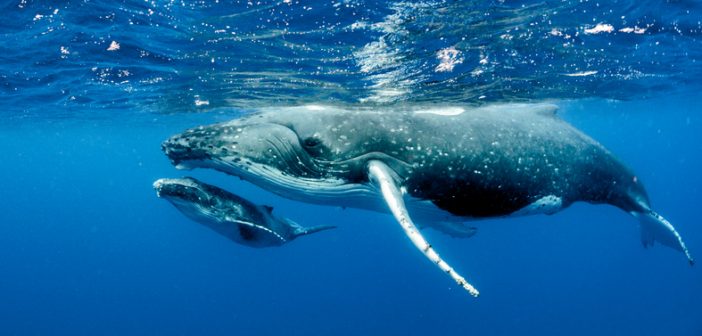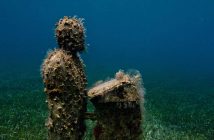From June to November, the south coast of Cape is the best place for whale spotting
South Africa is known for its ‘Big Five’ game animals, but its marine life is equally impressive. Each year, Southern right whales migrate to the waters of Cape, where they are clearly visible along the southern coast, making this the perfect time of year for whale spotting.
The best season
Every year, Southern right whales migrate from the icy feeding areas of the Antarctic to warmer waters, coming to the South African coast in June and staying until November. The best time of year for whale spotting, however, is between July and October.
The Cape Whale Route
This route passes through cities such as Betty’s Bay, Kleinmond, Hermanus, Pringle Bay, Stanford and Gansbaai, and includes some of the best whale spotting sights. Betty’s Bay, for example, only a 15-minute car journey from Cape Town International Airport, is in the privileged position of having the Atlantic Ocean on one side and the mountainous Fynbos region on the other. Most animal species in the Fynbos region are endemic to the area and are not found anywhere else on the planet.
Hermanus is the largest city along the Cape Whale Route, boasting excellent accommodation options, restaurants and adventure activities. To completely immerse yourself in the whale experience, be sure to visit Hermanus from 27-29 September, when the coastal city organises an annual whale festival – the oldest and largest festival of the Cape coast – which celebrates the arrival of whales and all other forms of marine life.
This world-renowned event combines whale spotting (from land and sea) with live shows, street parades, musical performances, top-quality arts and crafts, local gastronomic specialties, large sporting events and entertainment activities for children. The Hermanus Whale Festival celebrates local efforts made to protect whales from extinction, through activities and exhibitions highlighting the importance of ecological education.
For those who would like to be able to get up close and personal with these gentle giants of the sea, fully-licensed whale spotting operators can offer you the opportunity to get close to them from the water, maintaining the regulated distance of 300 metres so as not to threaten or disturb them. During these excursions, visitors can learn more about the whale’s anatomy, average size and behavioural patterns.
Types of whales that can be spotted:
Southern right whales:
Their unhurried swimming style makes it easier to find and see them. On average, they are 15 metres long and weigh around 60 tonnes.
Humpback whales:
Humpback whales can also be spotted in the Cape waters as they migrate from polar regions to Mozambique and Madagascar, where they conceive and give birth to their young.
Bryde whales:
While this is the only whale species that can be found in South African waters all-year-round, Bryde whales can be difficult to spot because they tend to remain under water for long periods of time, before briefly returning to the surface.
Where to sleep
Hermanus is the largest city of the Cape Whale Route, offering the greatest amount of accommodation options. Hermanus Backpackers is a fantastic option for travellers looking for a cheap place to stay, whereas Misty Waves has 34 luxury bedrooms offering magnificent sea views.






